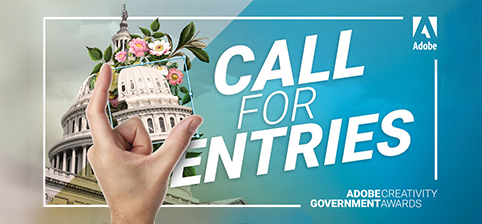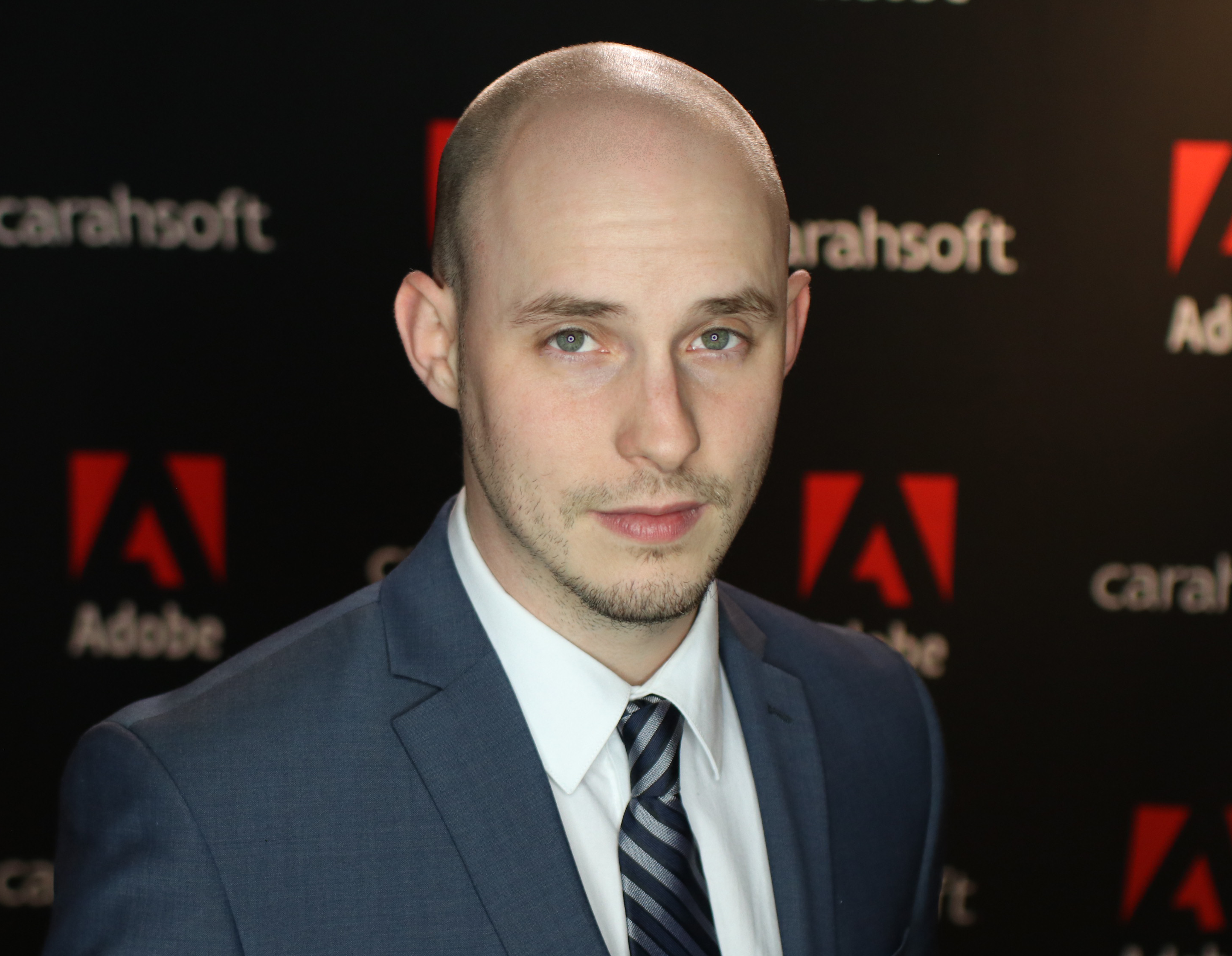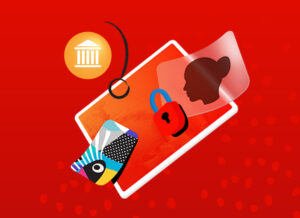Connecting with citizens is easier than ever, thanks to the rise of smartphones and tablet devices, but engaging citizens is more difficult than ever. They decide in seconds whether to carry on – or move on – based solely on how digital content is presented to them. Is the content organized? Is it easy to navigate? Can they find what they’re looking for with minimal effort? These questions are answered by good design.
Unfortunately, design is an afterthought at most agencies, precisely at a time it should be at the forefront of any creative initiative in government. Good design builds credibility and earns trust, which means it is no longer a luxury but a necessity. To ensure good design is a priority, here’s some advice for agency leaders:
Articulate Your Strategy
Strategy and design go hand-in-hand. Agency creatives can’t deliver quality design without decisive, strategic goals from their leaders. That’s why communication is the strongest asset you can develop with a creative team. Openly discuss your goals for the end product. With clear direction, creatives can work on expressing those ideas and the content in ways that are easy to digest. It can help to start with a basic flowchart and ensure that goals are listed and can be reasonably achieved. From there, the design team can build an experience that best reflects the layout.
Good strategy and good design lead to efficiencies. Though agencies are sometimes criticized for being outdated and behind-the-curve, there are plenty that are on the cutting-edge. For example, the National Park and Wildlife Service drives educational initiatives by creating easy-to-digest video tutorials for park goers. For certain federal, state, and local agencies, it means creating forms that are fluid and easy to complete online.
Design comes in all shapes and sizes depending on the project in question and goals in mind. In the end, creativity in government is not that different from creativity in the commercial market. Both sectors want to communicate with end users in a fun and efficient manner. Agencies that embrace that concept will reach more citizens.
Get the Right People in the Right Roles
Agency leaders focus on the long-term success of their business model. This type of strategic thinking is necessary and beneficial, but it can create disconnects. Being pulled so far back from the day-to-day means they are not as focused on details. This is especially true for in regards to design, which on paper does not affect any of the content being presented.
That reality, combined with the fact that many agencies don’t have individuals who practice design, creates a potential gap. Often, the responsibility can fall to someone who hardly knows the content or platform. When that happens, design falls by the wayside in efforts to get the project done quickly.
The downstream consequences are perilous. All the work that goes into a project is for nothing when citizen-consumers turn away from the experience. They’ve become so familiar with best-in-breed examples of design that they lose interest immediately with poor design.
To bridge the gap, agency leaders are recognizing that design is important and that creatives play a critical, specialized role. Agencies need team members who know the platforms and have experience creating UIs for applications and webpage displays.
Keep It Simple
Good design, especially UI, revolves around the concept “less is more.” Apple is a fantastic commercial example of this concept. The information on the company’s website is simple and concise, with attention to font size, colors, and negative space that promotes engagement and comprehension. As a result of good design, the website is easy and enjoyable to navigate, which is the ultimate goal.
Universal good design is easily accessible, presented clearly, and it flows naturally. Aiming for these ideals should be the main goal of any creative team. Excelling in even just one of these categories will produce content that will engage and retain citizen-customers.
The Adobe Government Creativity Awards, the world’s premier creativity and design competition for government professionals, recognizes and celebrates talent and creativity in government and how agencies across the public sector are making an impact through creativity and design.
Check out entries from last year’s competition to get a sense of the projects your peers are submitting, and then take this opportunity to have your work showcased and potentially recognized with an award from Adobe in next year’s competition. To learn more, visit our competition website.








